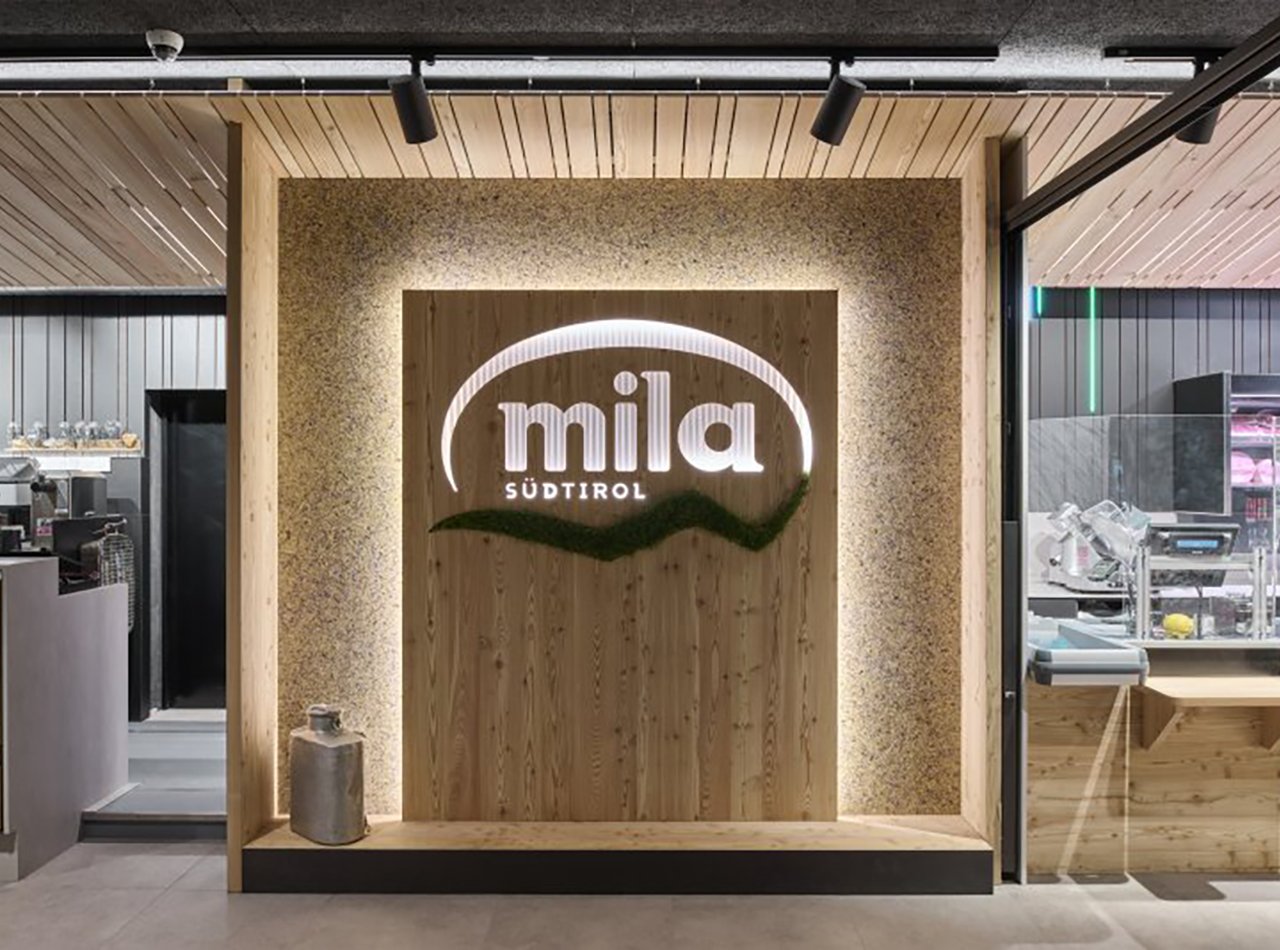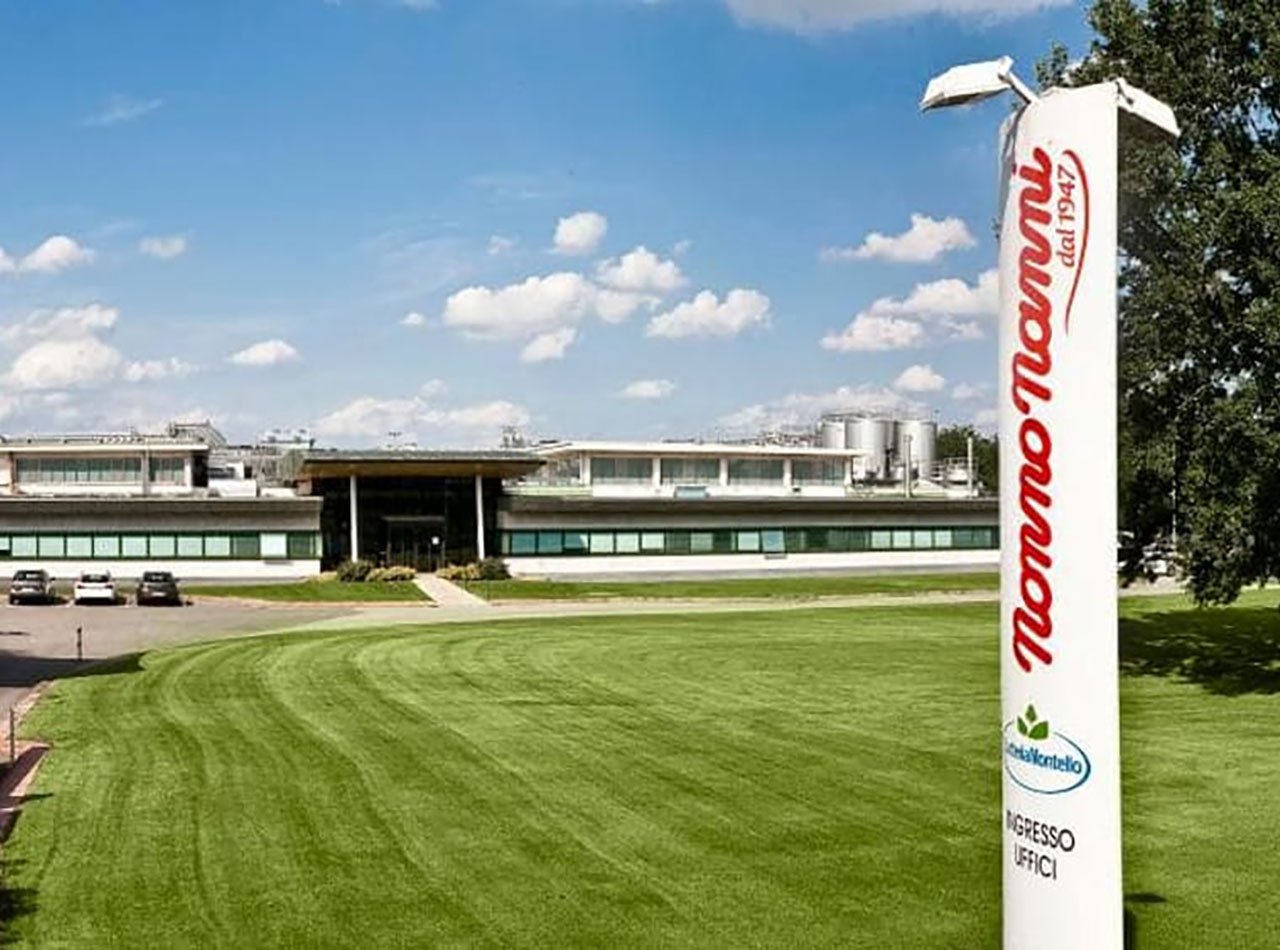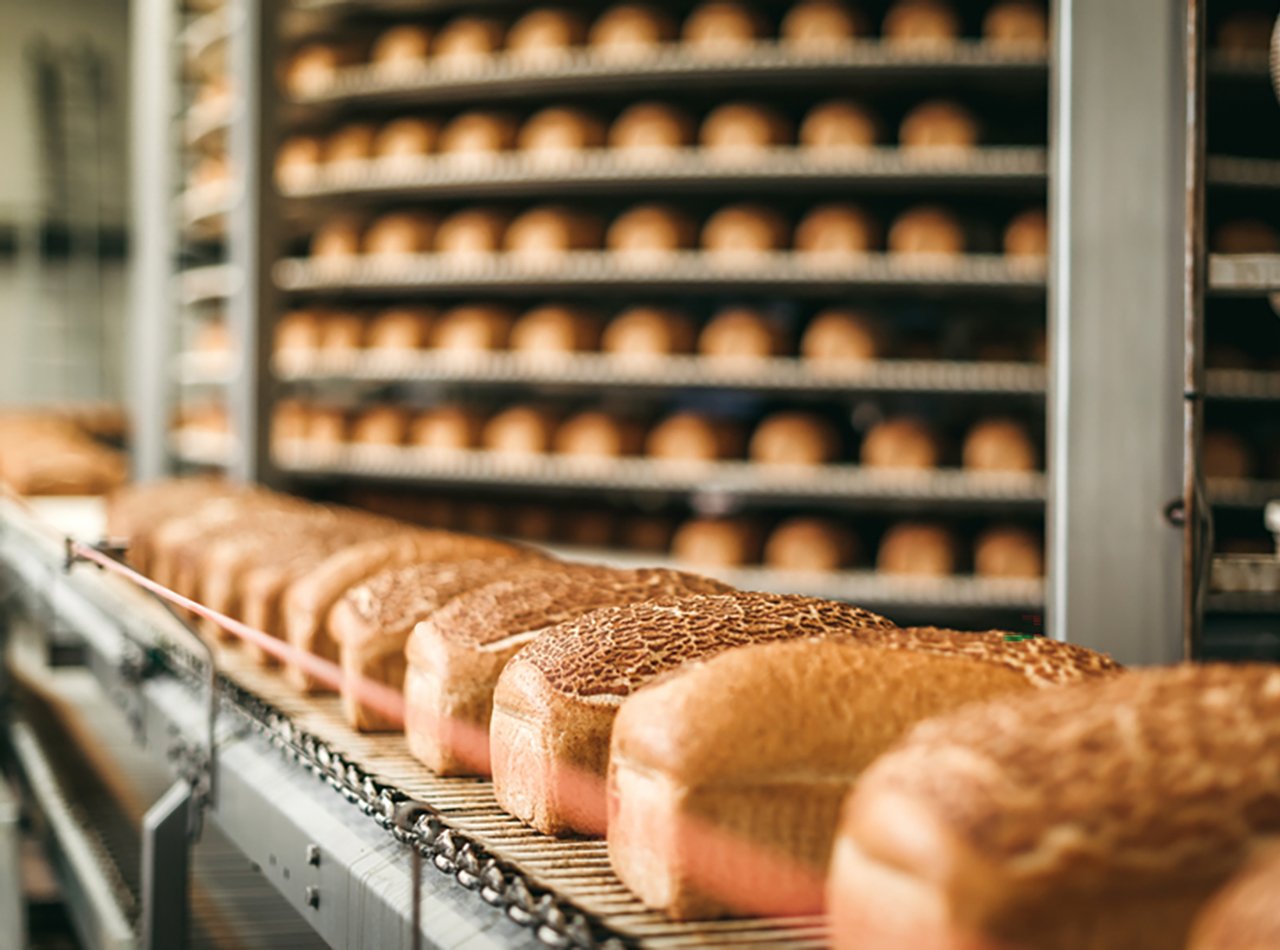The protagonist
Mila MES Project
Mila Latte Montagna Alto Adige owes its current form to its establishment in 1997. Mila is a milk and dairy cooperative company that encompasses a series of other cooperatives (Mila and Senni trademarks) and handles the collection, the transformation and the distribution of different milk and dairy products (yogurts, cheeses, mascarpone, fresh milk, UHT milk, cream and butter).
The challenge
Needs
Mila had the tools for advancing production, including ad hoc systems or simple paper records. The primary need was to provide the production and quality control departments with an efficient integrated structure able to comprehensively drive production, quality and planning so as to ensure greater use of the equipment, automated traceability, a reduction in the improper use of materials, rapid order scheduling on the production lines and greater system readiness in the face of unforeseen production and market issues, all without affecting daily operation. The management and handling of packaging materials, integration with the vat supervision system and close integration with the ERP system complete the list of needs. Ultimately, the needs of the NET@PRO MES project at Mila are therefore:
- Complete integration with machinery and minimal impact on operations
- Speed of execution/usage, rapid planning and plan modifications
- Flexible adaptation to equipment/specs changes
- Improvement of the overall efficiency of the production system
The project
Benefits
Since the introduction of the system and given similar conditions, the increase in machine efficiency has been on average between 5 and 10% based on different production lines. For Mila, the NET@PRO MES software is an indispensable tool of detailed analysis for improving equipment and its efficiency, together with the number of changes and cleanups. Despite the complexity of the architecture and the notable features available, the operators had no particular issues quickly learning the system, also helped by the very simple and intuitive user interface. It was also thanks to the direct connection to the machines that, in addition to having precise OEE data, it was possible to trigger process controls when it was actually necessary, without the operator necessarily having to remember to do it. In this way Mila has considerably reduced sampling (-60%) for some tests without compromising the maximum safety result of the product. Thanks to the NET@PRO MES it has been possible to eliminate the incorrect use of materials, for instance of one type of fruit instead of another, thus generating significant immediate economic savings. Integration of the MES and ERP makes it possible to access correct information that is always up to date (before there were 4 parallel bill management systems) and to reduce planning times and plan modification, a requirement that is increasingly more important in markets that constantly experience demand volatility.

discover our connected services
.png?width=810&height=651&name=Rectangle%2067%20(1).png)





